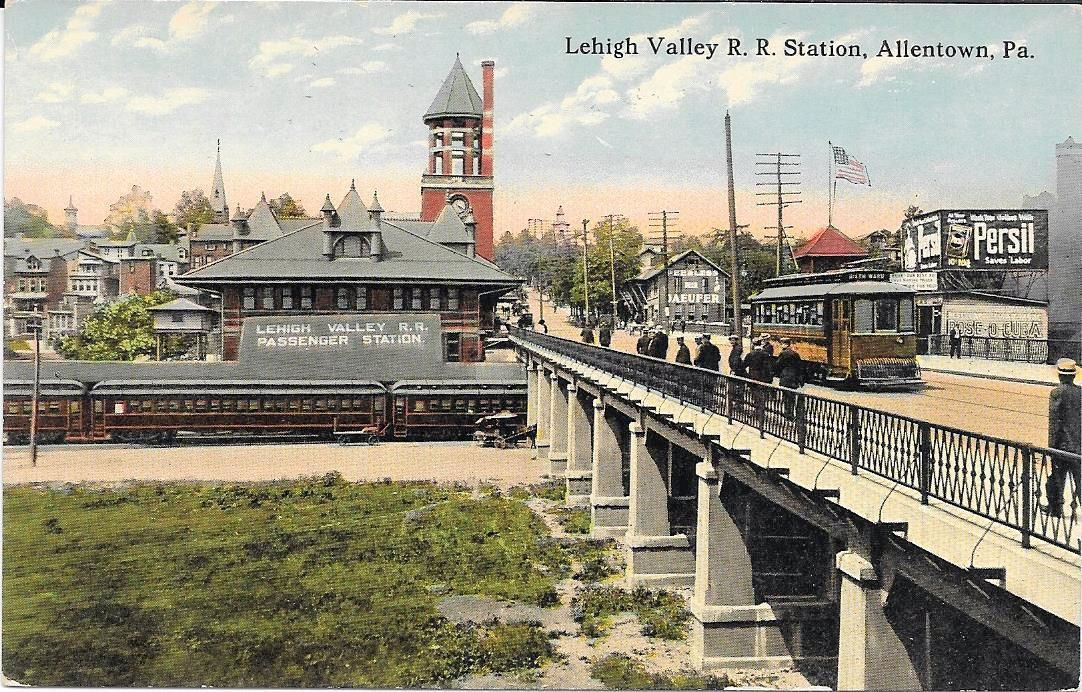This piece in the FT begins with an enticing premise, namely, that 19th-century urbanism achieved an ideal form, only to see it eroded by cars. True enough. Then it shifts to a common 21st-century refrain — an assertion that we can have the best of all worlds because, unlike the benighted souls who populated this planet before us, we moderns enjoy the limitless wonders of technology.
Eh, not really.
This framing isn’t completely wrong. In their better parts, Western cities of the 19th century were beautiful. No one is building new places that look like Sugar Hill or Park Slope today, and that is a shame. As an advocate for more traditional forms of urbanism, I believe that 19th-century cities expanded under a more workable framework than today’s zoned neighborhoods, and that the old way of doing things often produced practical and attractive results. (That said, the tenements of the Lower East Side provide a good counterpoint.) Meanwhile, I think one could fairly lay blame for much of the subpar urbanism since about 1920 on the rising influence of cars. If nothing else, cars decreased the emphasis builders once placed on the kinds of urban details that disappear when buildings are passed quickly.
But here’s the elephant in the room: in the United States, we now have a century’s worth of neighborhoods that were built for cars, and a large proportion of people live in those neighborhoods. Those people also need continued access to city centers.
People who argue that city motorists should be relentlessly harassed with fees, penalties, and parking rules, as a strategy to discourage the use of private cars in cities, are out of touch in a way that betrays their own privilege (despite the progressive veneer of such rhetoric). Sure, some large US cities, like New York, Chicago, and possibly Philadelphia, have adequate public transit service in core neighborhoods. (I say adequate because I’ve spent far too many years on the NYC subway to be any more generous.) That said, the parts of these cities that are adequately served tend to be the most expensive. For the vast majority of the working- and middle-class residents of the same urban regions, public transit is either a rare bird (I’m looking at you, once-per-hour buses in the suburbs!) or a hybrid option that includes driving (e.g., to the nearest subway or commuter rail station). Oftentimes, the transfer from car to public transit is further complicated by a serious lack of affordable parking options near transit nodes. This is a long-term failure of urban and regional planning policy that ought to be addressed. It is not a reason to vilify and harass residents of outlying neighborhoods who need to come into the central city.
As for predicting that e-bikes will soon be the primary form of urban transport, I almost don’t know where to begin. Are these enthusiasts unaware of the proportion of humans who are elderly, disabled, or simply dislike riding bicycles? Do they not know that people have young children? Have they never been to a city that experiences winter, or rain, or blazing heat? Do they not understand being tired at the end of a long day, or have they not noticed the many miles that often separate central business districts from the places where most people find homes? The idea is laughable. Subways (and commuter trains) are the arteries of global cities.
Until planners find ways to accommodate ordinary weather conditions (and the large number of us who live in outlying or car-centric locations), this silliness about attacking and vilifying motorized vehicles (including, apparently, now subways) has to stop.




